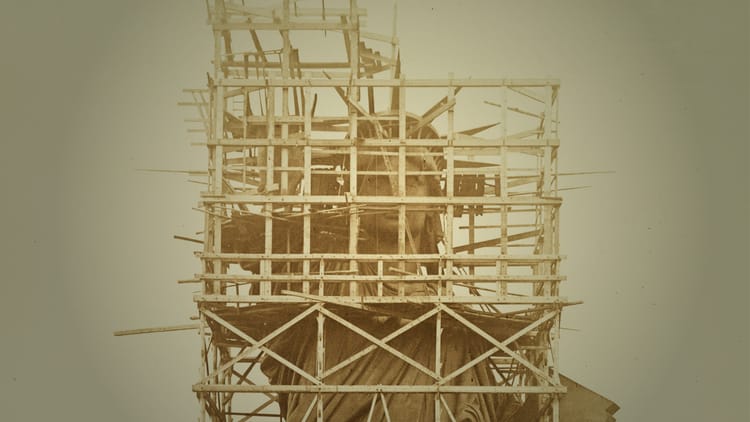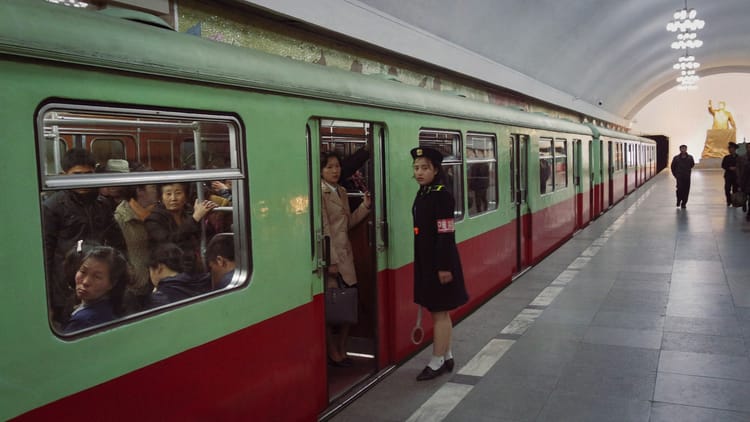Nothing is easy

Appearing as an unstoppable force, the Taliban seemed to retake control of Afghanistan in just a few days last month. But that image was unsettled by the suicide bombing at Kabul’s international airport on August 26 by the Islamic State-Khorasan (IS-K or ISIS-K), which has been battling with the Taliban since 2016. The Taliban has since fired warning shots to disperse hundreds of protesters in Kabul on Tuesday, a demonstration that continued daily protests begun last Thursday by women in Herat and Kabul demanding greater rights and government representation for women. The new Taliban government, announced on Tuesday, is meanwhile confronting serious financial problems, as the United States has blocked access to $9.4 billion in international reserves, while the International Monetary Fund has suspended plans to distribute more than $400 million in aid. And the National Resistance Front says it is still fighting Taliban forces in the Panjshir Valley, a mountainous area about 100 miles north of Kabul. How much power does the Taliban actually hold in Afghanistan now?
Benjamin Hopkins is a professor of history and international affairs at the George Washington University and the author of The Making of Modern Afghanistan. Hopkins says the Taliban’s position is deeply contested. Beyond their own internal tensions, Hopkins says, the Taliban will struggle to meet the heightened expectations of citizens who now demand much more from the government than they did when the Taliban ruled from 1996 to 2001. To Hopkins, the international community won’t give the Taliban the subsidies required to rule the country unless the group ends its reliance on the heroin trade for financing. The country has been in a civil war almost continually since 1978, and even if the Taliban can win militarily, Hopkins says, it will still have to negotiate a political solution to the conflict before it can consolidate its authority …
Michael Bluhm: How strong is the Taliban’s position in Afghanistan?
Benjamin Hopkins: That’s a huge, open question. There’s been a presumption that with the “conquest,” the Taliban are now the government of Afghanistan. Afghanistan does not have a functional government.





